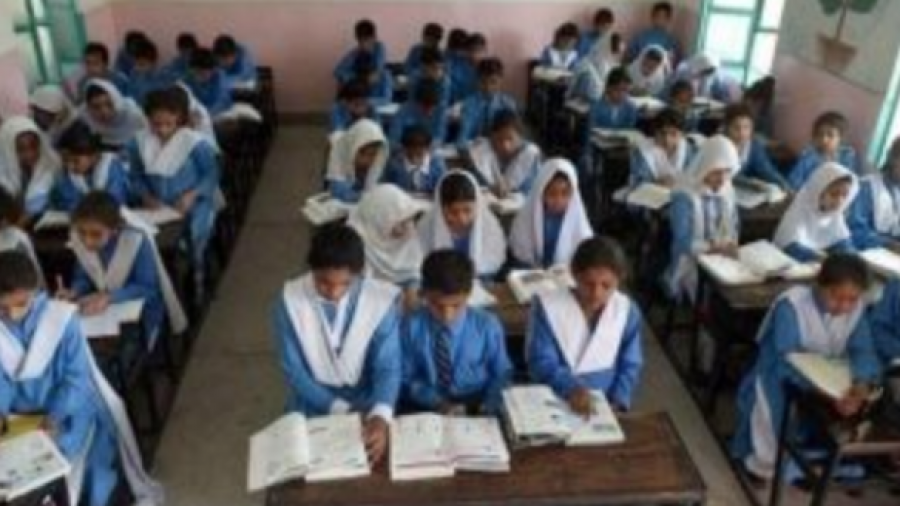Effects of unemployment on youth
BY Hudaibia Iftikhar
“I lost my self-confidence due to unemployment. Time flies and takes me to a situation which makes me think laughable all the time and I presume that even if I have a degree it is just a piece of paper and I cannot perform anything to endure. The vacant pocket and the ridicule from friends and family makes my brain a pressure cooker which can burst anytime”, said Muhammad Waseem, 25, a graduate from Government College, Peshawar.

Despite being educated and looking for employment desperately is the most challenging social problem for youth worldwide. Due to unemployment, youth are confronting problems such as increasing levels of distress, retrenchment in social circle, inferiority complex, low self-esteem, anxiety, unhappiness, and mental health problems.
According to the Pakistan Institute of Development Economics (PIDE), 24% of educated people are jobless countrywide. In the year 2020, the unemployment rate in Pakistan was approximately 4.45 percent; a slight decrease from 4.65 percent in the year 2019, according to the Trading Economics Global Macro Model and Analysts expectations, the unemployment rate is likely to reach 5.0 percent by the end of 2021.
Unemployment is a state in which workers are capable of working and enthusiastic to work but do not get employment. Muhammad Waseem is looking for a job and eager to support his family financially from the last two years, with this motive he drops his Resume to the number of organisations but got rejected by them while some still did not get any comeback to him because he has no working experience before. The jobless people can always be hazardous to a nation’s welfare. Those youth of the country who are unemployed are getting discouraged and falling prey to drug addiction, theft, violence, and many other social harms.
Unemployment is a considerable matter for all, even housewives who are financially weak and want to support their family, then they cannot find any suitable jobs for them no matter how well-educated they are. Such joblessness creates adverse impacts on them and they suffer from worse challenges in their lives.
Mehak Saba, a mother of one, has been looking for a lecturer job for the last three years but could not find any suitable job for her even after being graduated in Urdu and having multiple teaching courses.

“I was feeling content when I had a job but now when I lose my job it deficiently affects my psyche and I used to feel dejected, depressed, alone, and short-tempered most of the time. I shout out at my family without any reason and then I decided to see the psychiatrist to have a proper treatment and get rid of this condition”, said Mehak.
Mehak further explains that she feels sorrow when she sees numerous adolescents who are struggling with the negative effects of unemployment and turn to alcohol and drugs to mitigate the discomfort and the sense of helplessness they feel.
Today is the day of online media and everyone’s getting jobs with the click of the button and they earn smartly with the comfort of their homes and don’t even think to go outside and devastate their time in probing for office jobs. Those who complete their degrees and start searching for office jobs while having their CV’s in hand are considered outdated ones these days.
Everyone has a mobile phone in hands but not everyone knows the correct use of it. Everything is available on the phone. What you do is just make your account on different job sites and you will be notified everyday if any of the jobs suits your skills and capabilities.
Iftikhar Ali a graduate from Peshawar University in Information Technology (IT) said that as soon as he completed his studies he attended some online training in regard to his work and then he started giving services to many online websites.
“I had keen interest in web development and started an online business, I develop my own website and also offer online services to beginners on how they should make and develop their websites and earn money with it which is the need of everyone today, ” said Iftikhar.

He further said that one should not lose hope but should become skilled with the use of today’s technologies.
Hira aftab, a student of Journalism and Mass Communication at National University of Science and technology (NUST), when ask over to share her opinion regarding unmployment of youth and online jobs, she said that everyone needs a perfect and long lasting working opportunity for them and she consider office job a good option for her, but usually office jobs take some time to find and in this period most of the youngsters get frustrated and lose their hopes in thinking that they could not do anything on their own.
To get rid of such a state one should have knowledge of online services and they should learn how to polish their skills online and earn money. “I myself soon after finishing my bachelors degree start writing blogs and articles for different news websites as a freelancer which help me to sparkle my skills and make money, also I continued to apply for office job and now I am working as a content writer at office with one of the media organizations at Islamabad”, hira added.
Unemployment can be transformed into employment by taking some positive steps. The government needs to act wisely and do appropriate planning. Education system needs to be enhanced and well-managed and should be equivalent for everyone.
Answering to the question concerning the role of government regarding unemployment Mehak said that the government as per his promise should give youth the opportunity and adjust them in industries, offices, or offer them any kind of suitable jobs due to which they would be competent to accomplish their desires of supporting their families and serve their country as well.




